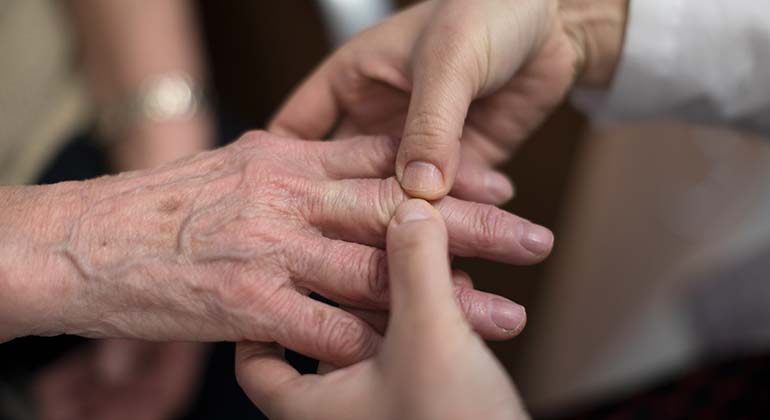Tendonitis and Bursitis

Tendonitis
Tendonitis results when a tendon, the fibrous cord that attaches muscle to bone, becomes inflamed or irritated. Flexing the attached muscle will usually trigger pain from tendinitis. There are several forms of tendonitis:
- Shoulder tendonitis: The most common type of tendonitis, it affects the tendon around the top of your shoulder joint. If the tendons in this area are inflamed, it can cause rotator cuff syndrome.
- De Quervain’s tendonitis: This condition affects your thumb tendons. Pain is triggered by gripping or clenching.
- Achilles tendinitis: Involves the tendon that attaches the calf muscle to the heel bone. This condition may affect runners or other athletes who suddenly increase the intensity of their exercise.
- Tennis elbow, or lateral epicondylitis: Leads to pain in the outside of the elbow. This tendinitis can be caused by playing tennis, painting, knitting, and other repetitive activities.
- Golfer’s elbow, also called medial epicondylitis: Causes pain on the inside of the elbow. Golfing is not the only culprit. This condition can be caused by performing repetitive activities such as typing, painting, using a hammer, and knitting.
Bursitis
The bursa are small, fluid-filled sacs that cushion your tendons and ease their gliding over bone. When they become inflamed, they are painful, especially when you press on them. Bursitis may develop in many places, sometimes in association with tendonitis. These are the most common types:
- Shoulder (subacromial) bursitis: Often caused by repetitive motions, such as repeatedly lifting something overhead. Painters, wallpaper hangers, and baseball pitchers are particularly vulnerable. It can also happen with normal household activities.
- Hip bursitis, also called trochanteric bursitis: Typically causes pain on the side of the hip, while climbing stairs, or when lying on the affected side. Running, climbing, and prolonged standing can cause overuse injuries to this bursa and the nearby illotibial band.
- Elbow bursitis: Caused by inflammation in the bursa that sits between the skin and bones of the elbow. It can be caused by continuously leaning on your elbow, putting office workers at risk. It can also stem from an inflammatory condition, such as gout.
Tendonitis or bursitis are typically diagnosed by physical exam. Occasionally, imaging studies may be required.
Treatments We Offer
Treatment consists of the use of pain relievers, non-steroidal anti-inflammatory medications, or even cortisone injections to help. In select cases, surgery may be considered.